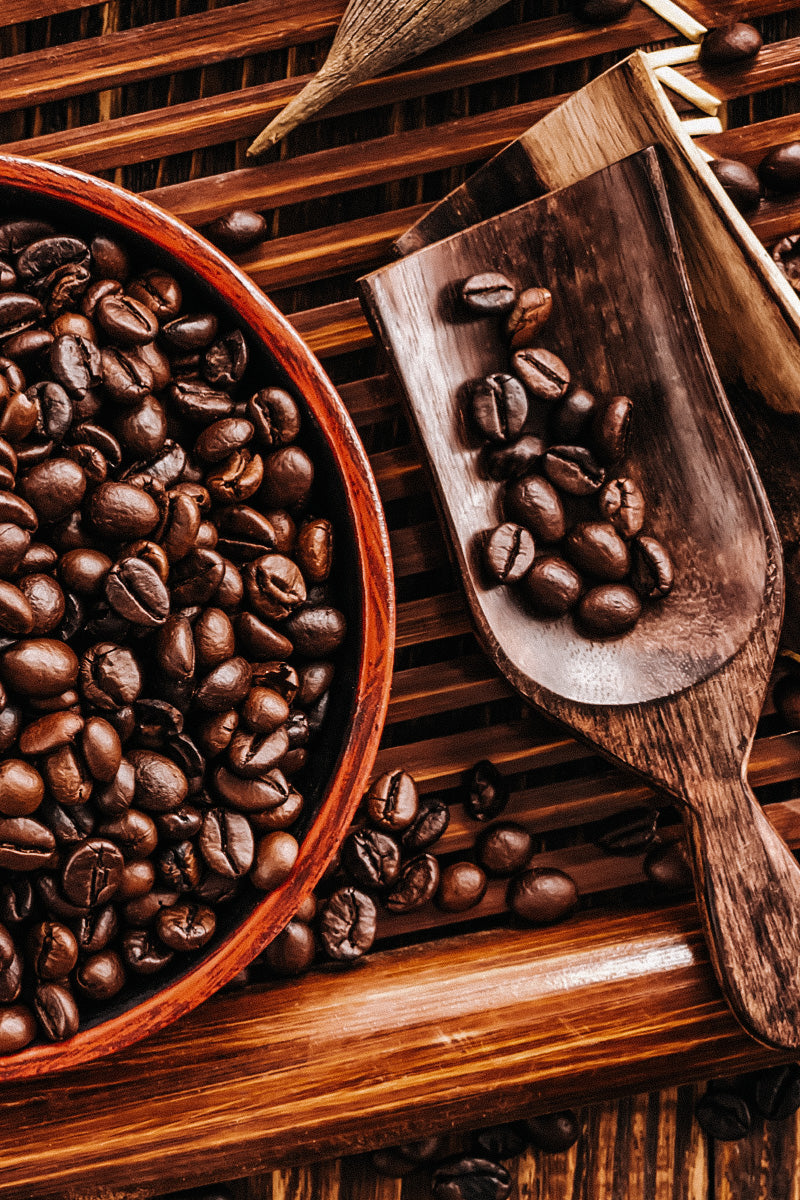
“Beans, beans, they’re good for your heart…” if you grew up in the United States, we’re sure you’ve heard this rhyme and know how it ends! And while it may be talking about legumes, we’d like to talk about the other beloved bean—coffee.
No, we aren’t suggesting that coffee is the key to heart health, but it’s certainly good for the soul. Avid coffee drinkers like us would argue that mornings just aren’t the same without our ritual drink. And what about all the cups of coffee that lead to amazing conversations and get-togethers?
So—back to the beans. What makes them so special? Why is it that some cups of coffee taste so vastly different than others? We all know about light roast vs. dark roast, but something that is rarely discussed is coffee’s type. Just like tomatoes or grapes, coffee fruit has varieties, too!
We want to introduce you to the different kinds of coffee beans and their history. What makes each bean unique? Do they taste different? Are they different colors? Keep reading below to find out!
Arabica:
Arabica is the most common and popular type of coffee bean. These small trees, which grow no larger than 6 ft, are native to Ethiopia. They were first cultivated for commercial use in Yemen leading to their name as the drink of choice in Arabia. They also make up a majority of what we sell at Honey & Roses today!
Arabica beans love steady rainfall and a bit of shade. The biggest problem with these plants, however, is how susceptible they are to disease. Great care is needed to ensure the trees do not get blight, especially on monoculture farms where many of them grow close together. This extra concern and work is what makes Arabica coffee the most expensive.
Believe it or not, these beans actually have the lightest taste and highest acidity of any coffee variety. They also have a wonderful smell—that exact smell you think of when you smell a loved one brewing coffee downstairs before you’re out of bed. Newcomers to Arabica should try Artist by One Village Coffee, Ipsento’s Guatemala and Methodical Coffee’s Belly Warmer to see if it suits their taste.
Robusta:
Robusta is next in line in terms of reputation and also hails from sub-Saharan Africa. These beans are smaller than Arabica and tend to be considered lesser quality. The coffee trees themselves, however, are very robust (hmm- seems the name is no coincidence!) withstanding disease at various altitudes. Robusta’s high caffeine content is what helps to ward off pests so the trees thrive almost anywhere.
You’ll see a lot of Robusta in instant coffees and espresso blends. These beans are characterized by a smooth, sometimes chocolaty taste. They have a harsher and stronger flavor than Arabica, lending them to taste better with sugar and cream.
Today, Robusta is grown throughout Asia, primarily in Indonesia and Vietnam. If proper care isn’t taken when growing them, the resulting coffee can have a funky flavor. We recommend blends like Six Bean Espresso and Max Caf House Blend by Everyday People Coffee & Tea for a splendid taste and excellent crema.
Liberica:
You’ll first notice Liberica beans because of their shape. They’re larger than any other type of coffee bean (even the trees, which grow an astounding 20-30 feet!) and none are the same shape. Their flavor is floral and fruity with a bit of smoke and full body.
Liberica has a fascinating history and has almost gone extinct twice. At a time when Arabica crops faced heavy disease, the Philippines (previously a US colony) cultivated Liberica to help sustain the demand for coffee— and ended up completely dominating the industry. Once the Philippines gained independence and asked for the US to remove their military bases there, the US responded by cutting off trade. There was no longer a need to grow and export coffee, so the trees were abandoned.
Finally, in the 1990’s, a conservation effort was made with the remaining trees to try and re-grow Liberica’s popularity. However, true Liberica is still hard to find as many trees have been bred with other species to form easy to harvest hybrids.
Excelsa:
Excelsa is technically a member of the Liberica family, but the flavor is so distinct that there’s no way to compare the two. This bean hails from Southeast Asia and only accounts for very little of the world’s coffee production. Their teardrop or almond-like shape is how you can tell them apart from other species.
These beans are often added to house blends as a way to boost the overall flavor. Their tart and fruity taste pairs well with delicate Arabica beans for a perfect match. Although you can brew cups of joe only containing Excelsa, it’s said that the strong, dark flavor and smell isn’t for everyone.
So, which type of bean sounds right for you? Truthfully, no one has any idea how many species of coffee are out there. There could be small shrubs or tall trees in far parts of jungles that haven’t been explored before, just waiting to be roasted and brewed! When they day comes that those beans are found, we’ll be first in line to try them.
